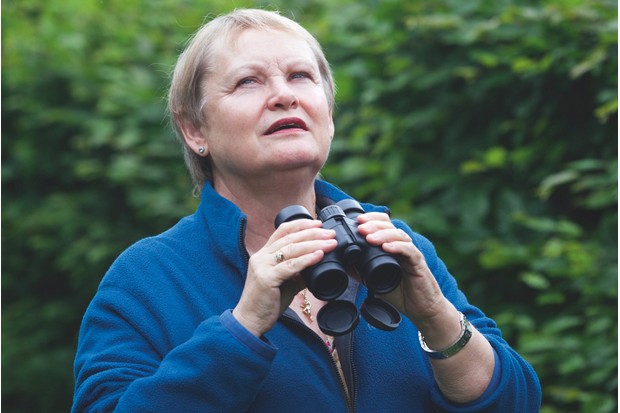Well, not quite – but it’s true that about 80 per cent of our ocean floor remains unexplored and uncharted.
Discovering what our ocean depths look like and what life might be found there is just as challenging as learning about the universe. Our undersea world is very cold and lacking light, and therefore visibility. Water pressures impose a crushing weight on delicate equipment. Using exploration vessels is difficult, costly and off-putting to all but a dedicated few.
Above our heads, extreme cold, vast distances and a lack of breathable atmosphere also require costly specialist machinery, but the difference is that space exploration is a prestige endeavour that generates much news coverage and publicity for those taking part.
It’s hard to estimate global spend but the USA can serve as an illustration. The National Oceanic and Atmospheric Administration allocated $77 million to ocean research in 2021. In the same year the National Aeronautics and Space Administration received $34 billion.
So we know a reasonable amount about our solar system and a little bit about what lies beyond. At least we know how much we don’t know about our oceans, and every piece of knowledge gained gets us closer to knowing everything.
Discover more about our oceans
- Deep-sea scientists just found an ancient and exceptional thing at the bottom of the Arctic Ocean
- Colossal squid filmed alive in deep ocean for the first time ever
- Staggering footage shows 'vampire' creature drifting through deep ocean
- Deep-sea scientists just saw something huge at the bottom of the Pacific Ocean
Main image: box jellyfish. Credit: Getty

